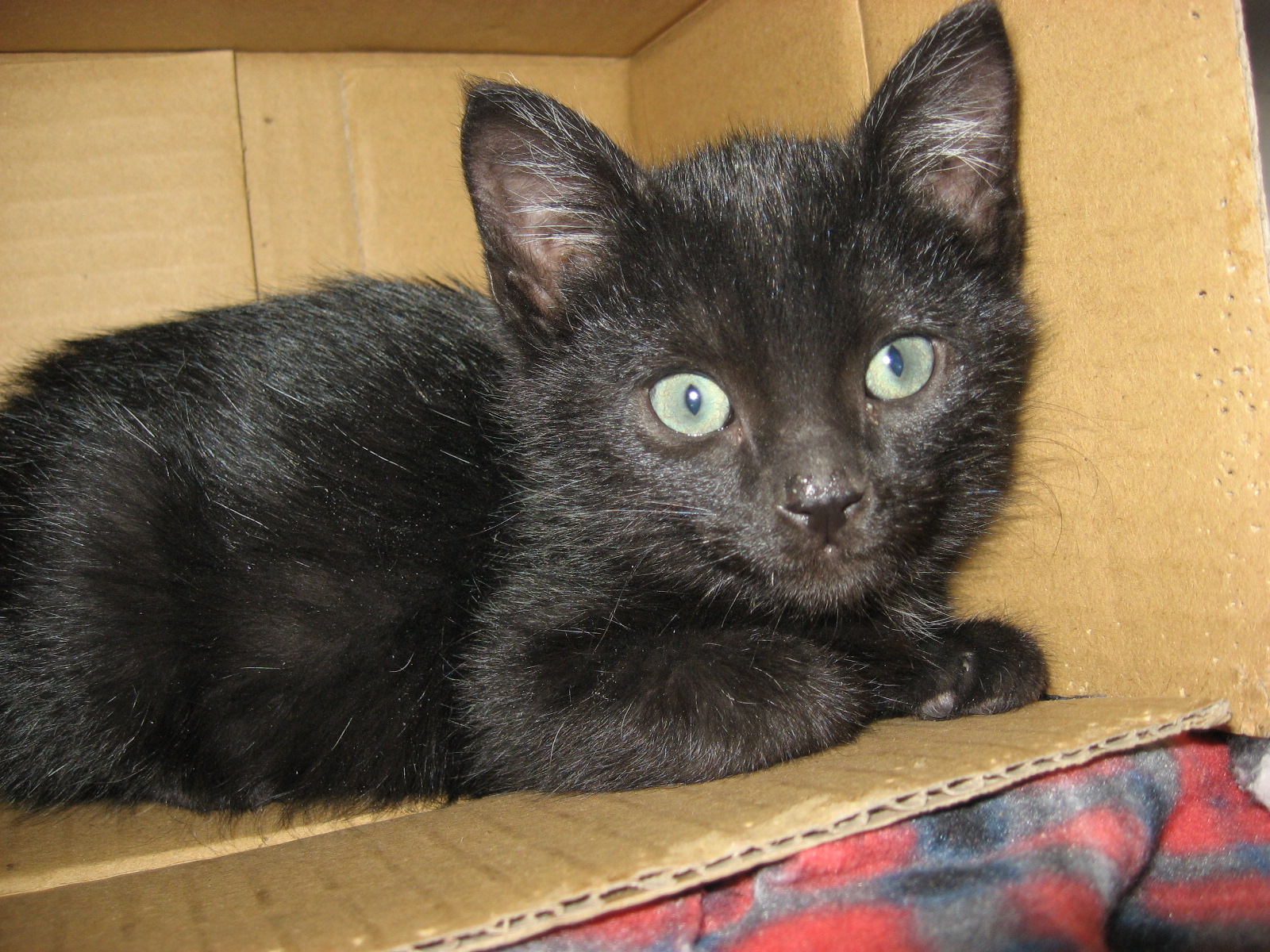
13 Feb SECOND CHANCE: “KILLER” KITTY + JACK + ALDEN
Editor’s note: It’s no secret. The Telluride region is dog heaven. Unless you are one of our furry friends who gets caught in the maw of neglect and abuse. Then heaven is on hold until Second Chance Humane Society comes to the rescue.
Second Chance is the region’s nonprofit dedicated to saving animals’ lives and promoting responsible pet parenting and human-animal bond. In her weekly blog, executive director Kelly Goodin profiles two of the many animals from the no-kill shelter, Angel Ridge Shelter, a dog and a cat, hoping to find them loving homes.
The column is sponsored by Ted Hoff of Cottonwood Ranch & Kennel, who from time to time exercises his skills as a dog whisperer and partners with Kelly and her staff to help train a particularly challenging animal. And there is no better place to park your pup than Cottonwood should you be heading our hills for a few turns in the new pow pow. Yes, finally, it’s here.
Challenging the Dramatization of the Killer Kitty
A recent New York Times article took a controversial and sizable “scientific research” report and, condensing it into a one page summary, transformed it into a melodramatic “story” about the “deadly killer” lurking inside your kitty.
Although the “research paper” used a questionable approach to reach its conclusions and was released before being challenged by a rigorous peer review, the unfortunate result is that the story, at least the five-paragraph version of same, is being received by readers of the New York Times and other media outlet’s as “scientific fact.” As Second Chance holds the mission to promote the human-animal bond, we of course take issue with the so-called reporting. And we urge you to consider applying some critical thinking before taking the information to heart.
Without reading the full study and understanding how its conclusions were formed (as well as who was funding and promoting the studies – proponents of cat or wildlife protection?), you are doing yourself and feline populations a great disservice. So don’t waste your time and energy reading this “news.” We’d much rather you shift your focus toward something that can make a difference. Let’s start with things that we can control, such as feral cat populations.
As we have seen in our own communities and those throughout the nation employing such programs, trap/neuter/release (TNR) programs have proven to be the most effective and humane approach to controlling feral populations, at the same time eliminating the annoying behaviors of fighting, spraying, etc.
TNR also keeps the colonies healthy and contained versus the catch-and-kill approach which is demonstrated to only exacerbate the problem. Feral cats have a strong biological survival drive. When individuals or authorities try to catch cats for extermination it heightens the biological stress on the colony. That stress triggers two survival mechanisms causing the cats to over breed and over produce. That is, rather than having one litter of two to three kittens per year, a stressed female could have two or three litters per year of six to nine kittens.
Even if a community could catch and remove all the feral cats, a phenomenon called “the vacuum effect” is created whereby neighboring cats quickly enter the newly open territory, bringing with them all the associated annoying behaviors.
There is a great deal to understand about feral and other free-roaming cats. You can begin by visiting our website to understand what is working in your backyard, but we also suggest you go here and here for a fairly comprehensive compilation of articles, letters to the editor, and reviews of research – both pro and con – on the topics of feral cats, wildlife deprivation by feral cats, and effectiveness of TNR programs.
Also, HSUS and ASPCA – who both have a strong interest in protecting ALL species of animals whether wild or domestic – have invested time, money and resources around the issues of free-roaming and feral cats. Both have a wealth of articles, handbooks, templates, and reviews of research which help local communities start the conversation as to how to protect both cats and wildlife.
Look at both of these links for more info: www.aspcapro.org/feral-cat-resources-links.php and www.animalsheltering.org/search.jsp?query=feral+cats&recent=&typeID=&x=9&y=10.
We will continue this discussion next week. In the meantime, how about considering Alden as your new furry family member – or Jack?

Alden
ALDEN:
Alden is young and innocent and at this point in his life, has only hunted stuffed toys and littermate’s tails. This Valentine’s Day wouldn’t it be sweet not only to rescue a cute little kitten like Alden, but also bring some forever love into your life? Alden wants to add that he is not a big fan of chocolate, but loves to smell and lick flowers. His favorite color is yellow.
JACK

Jack
My name is Jack, but you can call me “Captain Jack Sparrow,” inspired by my favorite actor, Johnny Depp and his “Pirates of the Caribbean.” Captain Jack portrays my athleticism, courage, great temperament, and hidden depths of puppy perfection. And like me, Jack Sparrow has one eye. But that only makes him stronger.
I am a seven-year-old heeler/border collie mix who, in addition to being a pirate, enjoys snuggling and forming strong connections with people. I really miss my last parent, whose health prevented him from caring for me any longer. I am super loyal, smart and trainable.I also enjoy other dogs and cats, but am looking for my special human Valentine at the moment…
The Second Chance Humane Society Animal Resource Center and Thrift Shop are both located in Ridgway but service San Miguel, Ouray & Montrose Counties. Call the SCHS Helpline at 626-2273 to report a lost pet, learn about adopting a homeless pet, or about the SCHS Spay/Neuter, Volunteer, Feral Cat, or other Programs. View our shelter pets and services online:www.adoptmountainpets.org.


Sorry, the comment form is closed at this time.